Growth in Environmental Applications
The Mesoporous Carbons Market is poised for expansion as environmental concerns escalate globally. Mesoporous carbons are increasingly being employed in applications such as water purification and air filtration due to their exceptional adsorption properties. The market for water treatment is expected to grow at a compound annual growth rate of 7.5% through 2027, indicating a robust opportunity for mesoporous carbons. This growth is likely to be fueled by stricter regulations on water quality and air pollution, compelling industries to adopt advanced materials like mesoporous carbons. Consequently, this trend may lead to increased investments in the development of innovative mesoporous carbon solutions.
Advancements in Biomedical Applications
The Mesoporous Carbons Market is witnessing a transformation driven by advancements in biomedical applications. Mesoporous carbons are being explored for drug delivery systems and tissue engineering due to their biocompatibility and high surface area. The global market for drug delivery is projected to reach USD 6.5 billion by 2026, suggesting a significant opportunity for mesoporous carbons in this sector. As researchers continue to investigate the potential of mesoporous carbons in targeted therapies, the demand for these materials is likely to increase. This trend indicates that the mesoporous carbons market may see a diversification of applications, further enhancing its growth prospects.
Rising Demand for Energy Storage Solutions
The Mesoporous Carbons Market is experiencing a notable surge in demand due to the increasing need for efficient energy storage solutions. As renewable energy sources gain traction, the requirement for advanced battery technologies becomes paramount. Mesoporous carbons, with their high surface area and tunable pore structure, are being utilized in supercapacitors and lithium-ion batteries. Recent data indicates that the energy storage market is projected to reach USD 1 trillion by 2030, which could significantly bolster the mesoporous carbons sector. This trend suggests that manufacturers are likely to invest in research and development to enhance the performance of mesoporous carbons, thereby driving market growth.
Technological Innovations in Material Science
The Mesoporous Carbons Market is benefiting from ongoing technological innovations in material science. The development of novel synthesis methods, such as template-assisted synthesis and chemical vapor deposition, has led to the creation of mesoporous carbons with tailored properties. These advancements enable the production of materials with specific pore sizes and surface functionalities, which are crucial for various applications. The material science sector is projected to grow at a CAGR of 6% through 2025, indicating a favorable environment for the mesoporous carbons market. This growth may encourage collaboration between academia and industry, fostering further innovations in mesoporous carbon technologies.
Increasing Investment in Research and Development
The Mesoporous Carbons Market is likely to benefit from increasing investments in research and development across various sectors. As industries recognize the potential of mesoporous carbons in enhancing product performance, funding for R&D initiatives is expected to rise. This trend is particularly evident in the energy storage and environmental sectors, where companies are exploring new applications for mesoporous carbons. The global R&D spending is anticipated to reach USD 2.4 trillion by 2025, which could provide substantial financial support for mesoporous carbon innovations. This influx of investment may lead to breakthroughs that further solidify the position of mesoporous carbons in the market.


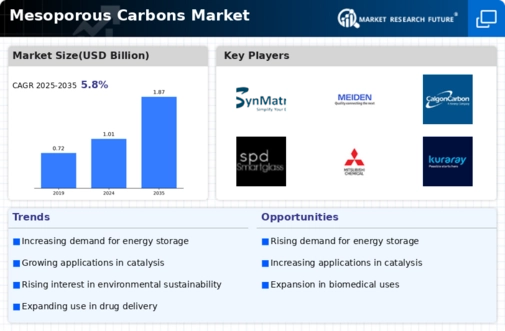
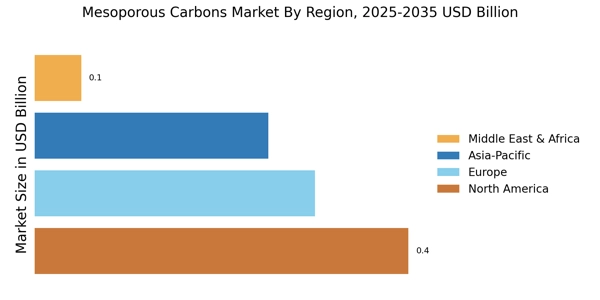

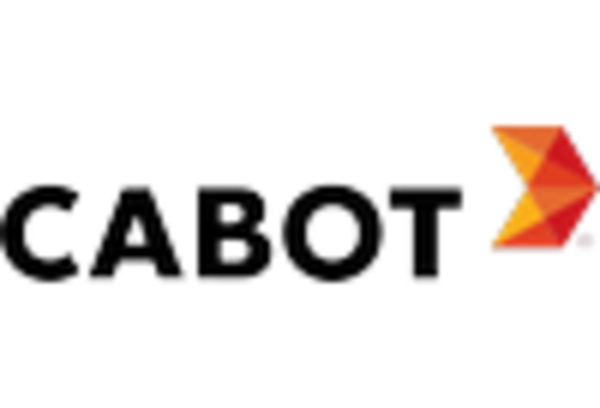
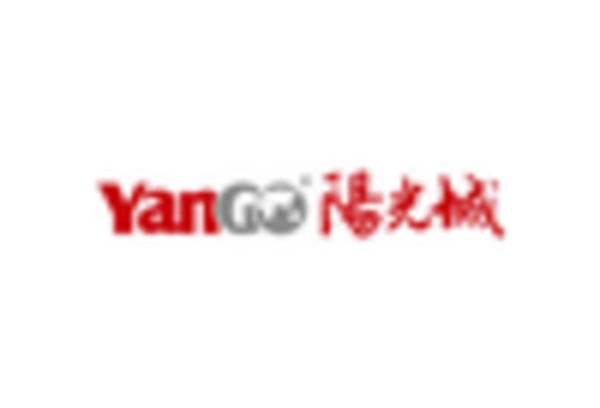
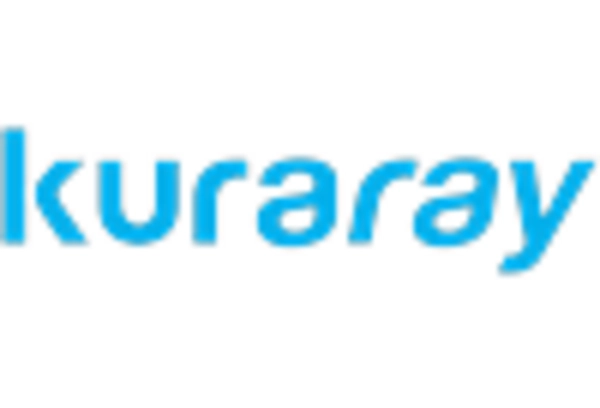

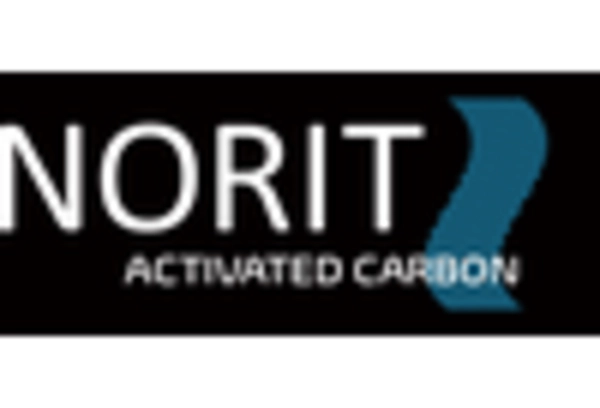








Leave a Comment